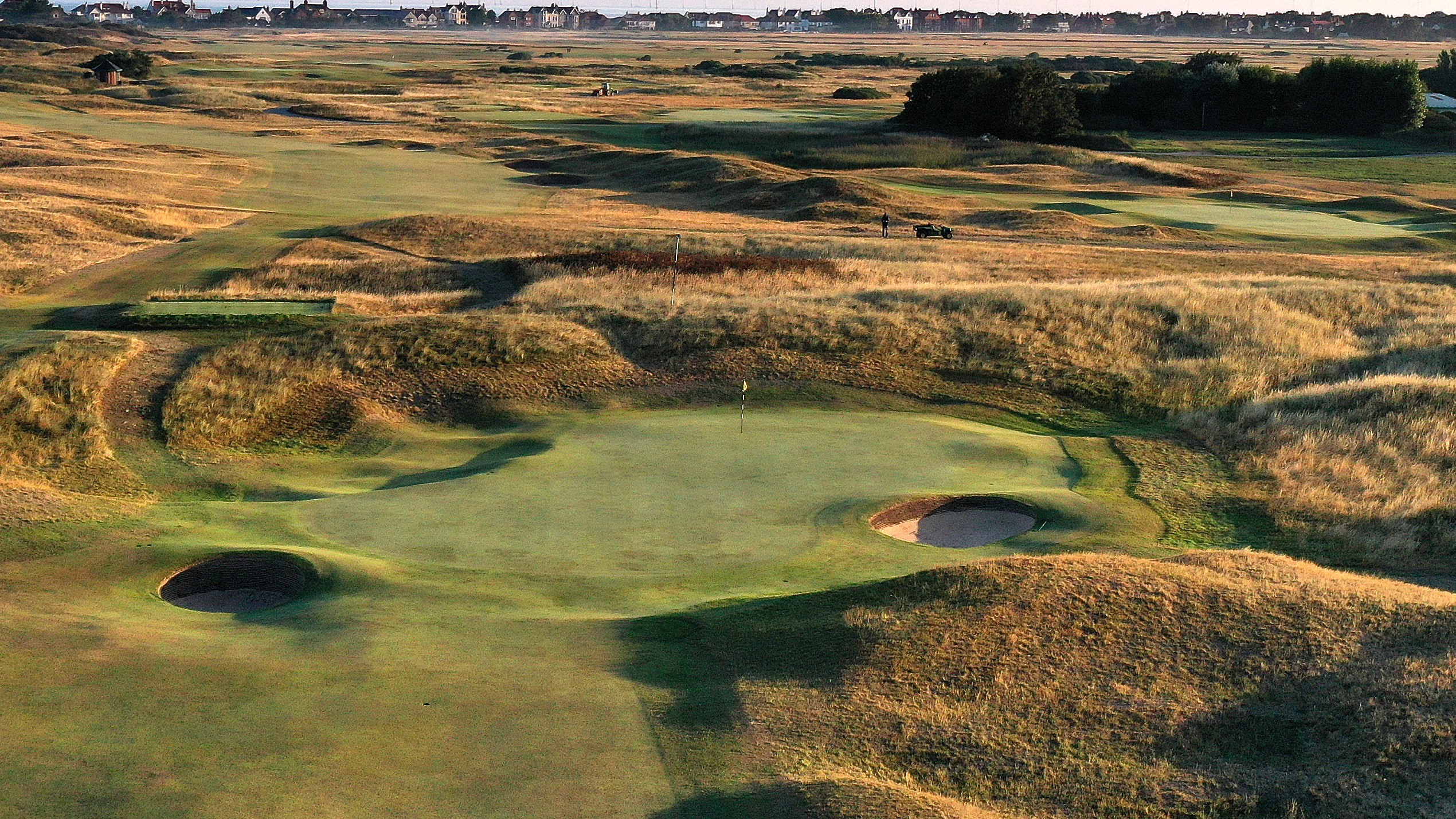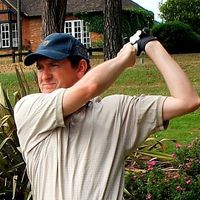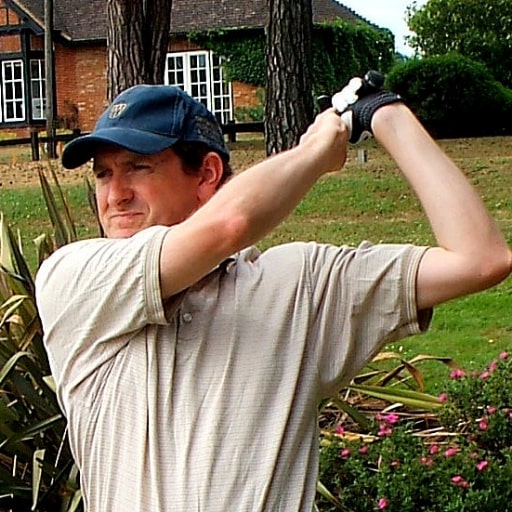What Is A Punchbowl Green On A Golf Course?
In recent times, there has been renewed interest in creating punchbowl greens by golf course designers such as Gil Hanse. But what exactly do we mean by the term?


A punchbowl green gets its name from looking like a punch bowl in that it dips in the middle and has raised sides. As such, it tends to funnel shots towards the centre of the green.
The original punchbowl greens were created more by nature than course architects. On the early links courses, where holes tended to be laid lightly on the land using the natural terrain whenever possible, some of the natural hollows already there could provide a large, relatively flat area able to accommodate a green. The topography also helped with course upkeep, as water would run down onto the green keeping it irrigated on those sandy soil courses which drained quickly.
Some of the architects of the Golden Age adopted this style of green into their own designs. However, with different subsoil, there was a danger of some greens becoming waterlogged, so C.B. Macdonald and Seth Raynor, in particular, were always careful to provide run-off routes for the water in their contouring.
But this was one of the reasons they began to fall from favour. However more recently, aided by improvement in drainage systems, there has been renewed interest in creating punchbowl greens by course designers such as Gil Hanse who designed a memorable one on the 9th hole at Streamsong Black.

9th hole at Streamsong Black
As these greens are sited in hollows, they often involved a blind or semi-blind shot into them. Blind shots on golf courses have long divided opinion. Popular early on, for the added drama and excitement they can create, they began to fall out of favour as they were considered unfair. So a punchbowl green could provide the best of both worlds – a player still got the drama, and that walk up, wondering exactly where their ball had ended up, but without some of the feeling of unfairness associated with such a shot as a decent hit would have been funnelled towards the target.
However, punchbowl greens do not have to be below the level of the fairway. Some tower above them, and here their punchbowl nature provides a handy backstop to approaches and aids players in holding the putting surface. On the most exposed sites, the sides of the bowl can shelter the putting surface from a wind, reducing the chance of balls oscillating or moving when at rest.
Punchbowl greens can be employed on par 3, 4s or 5s. They do not have to be of a simple bowl design as there are examples which have a two-tier putting surface, or which have a spine running through them, or which have a series of collection points.
Subscribe to the Golf Monthly newsletter to stay up to date with all the latest tour news, equipment news, reviews, head-to-heads and buyer’s guides from our team of experienced experts.
Contributing Writer Roderick is the author of the critically acclaimed comic golf novel, Summer At Tangents. Golf courses and travel are Roderick’s particular interests. He writes travel articles and general features for the magazine, travel supplement and website. He also compiles the magazine's crossword. He is a member of Trevose Golf & Country Club and has played golf in around two dozen countries. Cricket is his other main sporting love. He is also the author of five non-fiction books, four of which are still in print: The Novel Life of PG Wodehouse; The Don: Beyond Boundaries; Wally Hammond: Gentleman & Player and England’s Greatest Post-War All Rounder.
